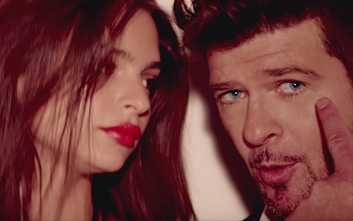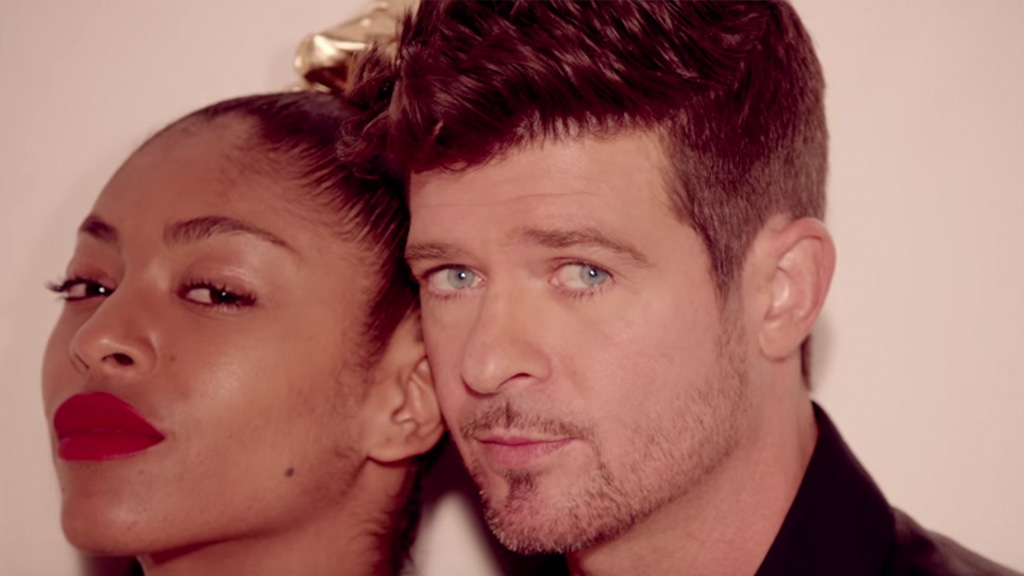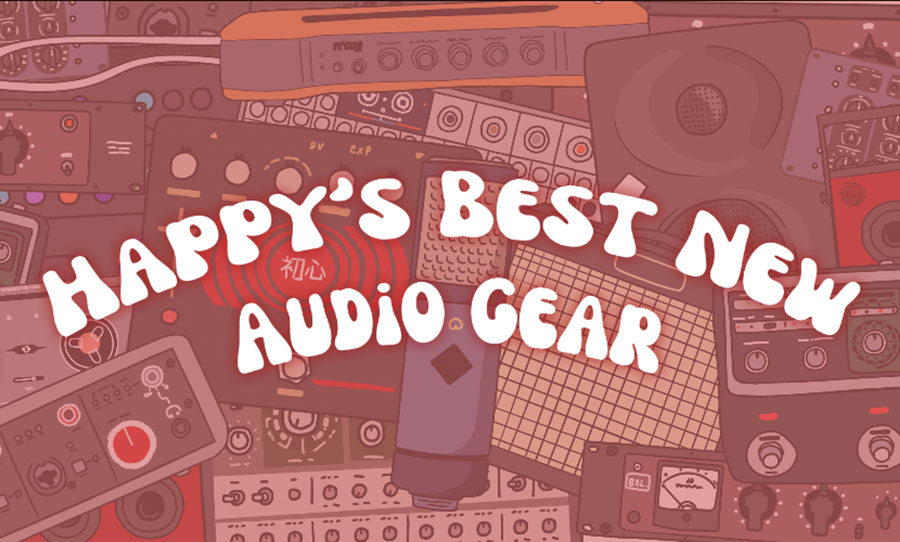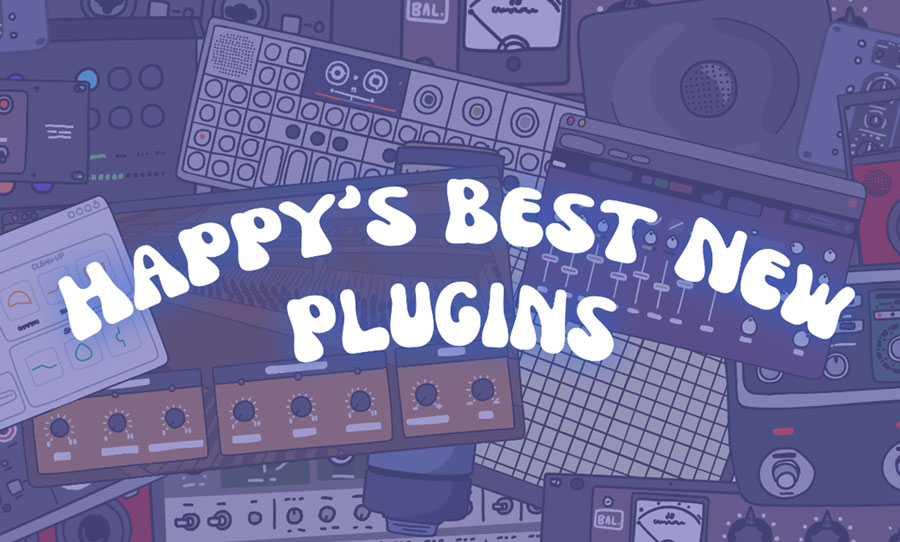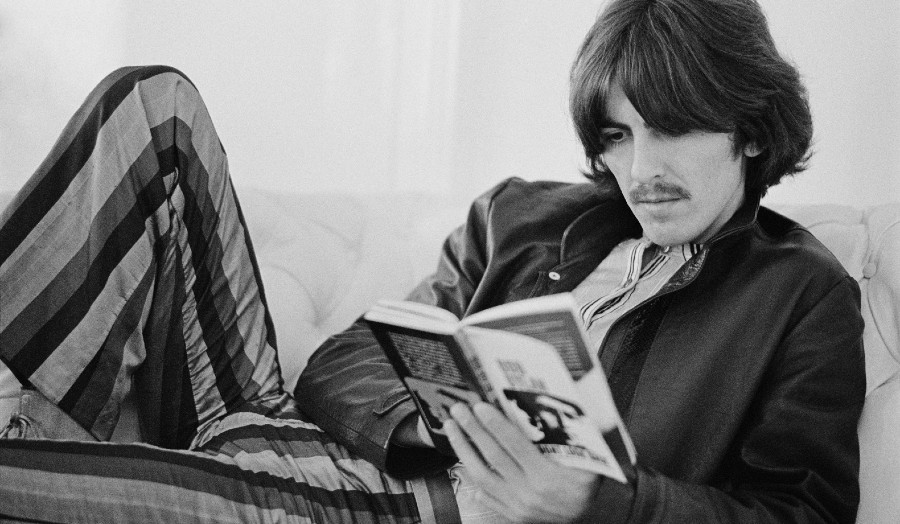If you’ve ever heard a song that sounds awfully a lot like an older song, you shouldn’t be surprised. To varying degrees popular music feeds on what comes before. Whether it’s an obscure B-side from the 60s or something a contemporary band dropped at the local bar last week, all music is the product of its antecedents. At the worst it’s appropriation, but usually the inspiration of the past is transformed or reimagined into something innovative and new.
We go deep into law and musical spheres to extract solid truths that could save your ass in your pursuit of happiness and music. All in Happy Mag issue # 2.
If you’ve ever heard a song that sounds awfully a lot like an older song, you shouldn’t be surprised. To varying degrees popular music feeds on what comes before. Whether it’s an obscure B-side from the 60s or something a contemporary band dropped at the local bar last week, all music is the product of its antecedents. At the worst it’s appropriation, but usually the inspiration of the past is transformed or reimagined into something innovative and new.
Similarities between songs can lead to disputes and the rules aren’t always clear. What we might personally think about music and how it’s treated by the law may not always be the same, further complicating the matter.
Touring and merchandise may have come into their own in recent years, but it’s still copyright that drives music industry. Musical compositions like other forms of creative products are protected under copyright law. Copyright is the most valuable asset a musician can own. It allows the owner exclusive ownership of what the record labels, publishers, big tech companies, advertisers, the media and listeners all want. While paltry streaming royalties might not mean much to a struggling artist, a single well placed song in a major ad campaign, television show or film creates instant exposure and can keep an artist happy for years.
Right or wrong, except for a moment that the copyright laws are immutable like the rules of gravity. Copyright protection is instantaneous. Copyright subsists in two aspects of a song; the sound recording and the underlying musical work. Say you’re spinning a tune on Spotify. What hits your ears is a sound recording. But there’s also the original song written and ‘published’ by the songwriter. Protection as a musical work is created as soon as an original song is conceived and fixed in a tangible form.
The reason for the split is historical. Copyright protection for musical works came about in the time of Dickens. The main way people heard music was when it was performed live, usually accompanied by piano. This music was transferred via sheet music. It was big business. Copyright protection for the sound recordings captured on shellac records (later vinyl, tapes, CDs and MP3s) was a later thing; it didn’t come around until 1911 in Australia.
In an age where anyone can cheaply record on their mobile phone or laptop most musicians and producers aren’t sketching out their musical ideas on paper. But the copyright split still exists. For the purposes of copyright law when you record a song you are creating both a musical work and a sound recording. Sound recordings are governed by their own set of rules and hit some serious issues when it comes to sampling (but that’s a whole other can of worms).
Copyright can be infringed when another adapts, uses or copies a musical work without permission. It happens all the time, but generally legal action is too costly and unpredictable to be a bother for your average artist. You might get asked to take it down, but even major record labels aren’t particularly worried about your cover on Bandcamp. If you’re making serious money though, it’s a different story.
You can read the whole feature in Happy Mag 2, where the law, copyright that business with the Thicke guy and Marvin’s family is busted wide open. To get your paws on a copy just follow this link and subscribe to Happy Mag!
You can also win an incredible A2 print of King Gizzard’s 12 Bar Bruise album cover, designed by the crazy talented Jason Galea, who we also also featured in Happy Mag issue # 2.
Check out our list of the best tools for ripping Youtube to MP3 too.
